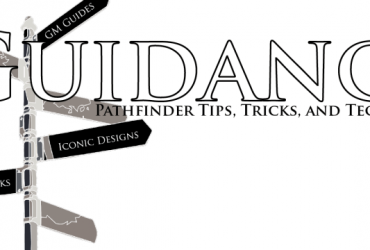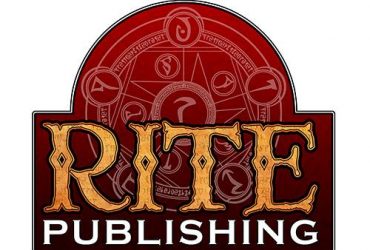Whether you’re running a running a campaign or writing an adventure for publication you need to provide your players with memorable antagonists. Dangerous foes who challenge the players, inspire anger and a bit of fear as they thwart the players nimbly staying one step ahead until your adventure’s narrative comes to its conclusion.
A great villain is one the players both love and hate. One they aren’t sure they can beat until ultimately they must try. Over the years I’ve had the pleasure of playing with some amazing GMs and have faced some grizzly villains but two are standouts, each from a different GM. Jeff gave us Apocalypse Dreamer, a Black Spiral Dancer seer, in a Werewolf Chronicle and Chris made another group of us face Diario Mardane a shadowy master of assassins in Planescape’s city of Sigil. These two characters shared some important traits. Each was formidable in their own right easily a match or more for any single one of our PCs. Despite this edge each also had potent allies, Apocalypse Dreamer had her packmates and could call on corrupted spirits for aid while Diario had access to a cadre of assassins and thieves. Both were clever and had access to the best intelligence available. But most importantly, each had flaws that might one day lead to their ultimate downfall at the hands of the PCs. Apocalypse Dreamer was an insane nihilist fanatic with an exploitable obsession for one of the PCs and Diario had a soft spot for family. Okay, a tiny soft spot but we were still fortunate to have his brother in the party.
The flaws in their personalities accomplished two things. One, they gave us a facet of the enemy we could try to exploit. That vulnerability often would be the only ray of hope we had that in time we might win or at least gain enough of an edge to extricate ourselves from the messes we found ourselves in with these villains. Two, those flaws helped round out those NPCs and make them more than long-lived cardboard cutouts.
So how do you begin to bring this into your own game?
Get to know your villains much in the same way as the player’s get to know their PCs. Many of the background elements we’ve talked about since December can certainly apply to NPCs. Ultimately, just be careful and don’t become too attached to this character. It needs to be defeated by the PCs and that likely means killed. You don’t want your attachment to this NPC to transform your game from a largely cooperative storytelling game into too much of a competitive experience. As you struggle to keep the NPC alive. If the PCs roll a villain too quickly they need not learn that was your big bad. As a GM you can always create a bigger threat.
Now as you get to know your villain think of how he might see himself. Most likely he sees himself as the hero of his story and the PCs as the villains or at least as obstacles to be overcome. Which brings us to question: What does he really want? What is your villain’s ultimate goal and what is his current plan to move closer to that endgame? When you know what makes your villain act you can keep his actions consistent and believable.






